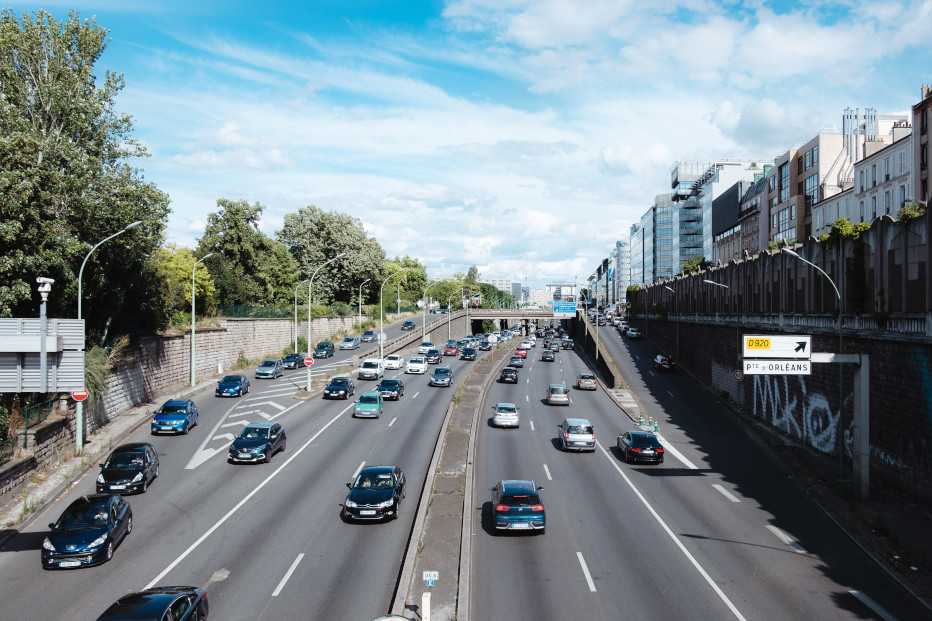Impact of Paris' mayor project on pollution level on peripheral
Paris' mayor wants to reduce speed limit on Paris' peripheral from 70km/h down to 50 km/h and create a way reserved for clean vehicules.
In this short study we evaluate impact on NO2 level generated by the trafic on the peripheral by this mesure. The following methodology has been applied:
In this short study we evaluate impact on NO2 level generated by the trafic on the peripheral by this mesure. The following methodology has been applied:
- Real pollution level have been measured by reference station
- Pollution level has been analyzed and contribution of trafic has been isolated
- Trafic has been modeled using a certain repartition of type of vehicules (personal vehicule, utility, truck, bus, diesel, essence, electric...) at a certain speed (55km/h as it is the average speed on Paris' peripheral with a speed limitation of 70km/h)
- New kind of trafic has been defined (changing speed limit and/or type of cars)
- New pollution levels have been computed for each kind of trafic defined

Conclusions:
- Speed limit reduction: This policy won't change much the pollution level on Paris' peripheral.
This is actually due to the fact that cars emissions of personal vehicules are minimal around 60km/h (cf. CEREMA's report). For truck, it is at a higher speed
. - Promotion of clean cars: Simulation replaces all diesel cars by electric ones. In this case the pollution level can be reduced by 19.4%
